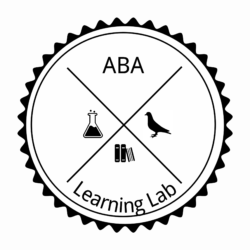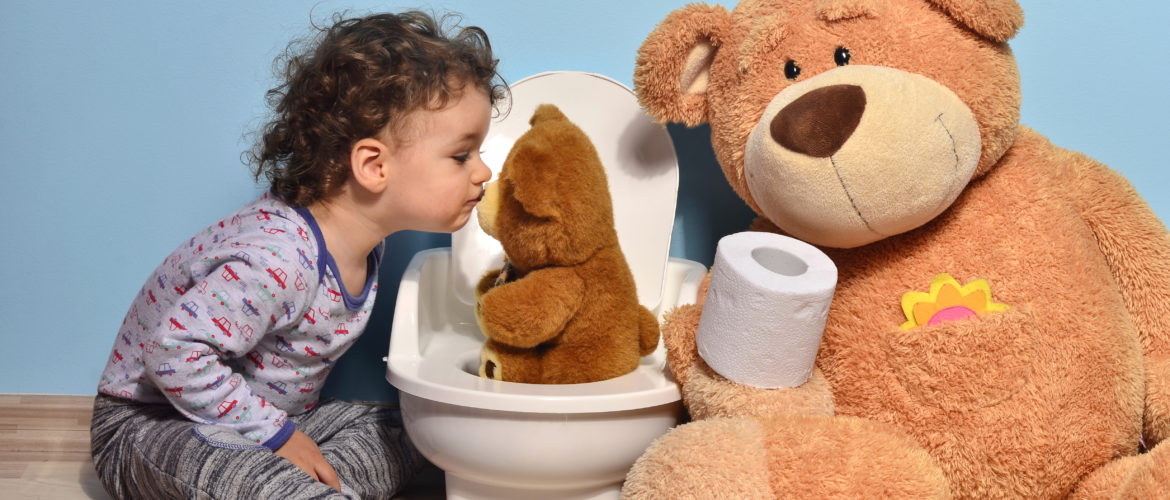By: Lauren DeClaire, M.A., BCBA
BCBAs face many challenges when it comes to beginning toilet training programs. When a new client is ready for toilet training it is important to ensure you and your team are ready for what comes next. When it comes to toilet training, every client is different. There are many things to consider before crafting your toilet training procedure as well. Such as, whether they are verbal, nonverbal, the age of the client etc. The BCBA may also have to work with schools or day cares to get them on board as well. So, what are some of the most effective ways to tackle this difficult process head on?
One of the most important thing to do before you begin toilet training is to sit down with the family and therapist involved to ensure they are ready for the intensity and potential challenges that may come with it. Toilet training can bring about unexpected target behaviors and of course, messy accidents. If parents are unaware of such events, they may begin to engage in avoidance behaviors. Some avoidance behaviors you may start to see are, discontinuing toilet training when the child is not in therapy and instead putting them back into a diaper. This can be difficult for the child as it may send mixed signals. Sometimes the child is rewarded for sitting on the toilet and staying dry, but at other times, he is able to go to the bathroom in his pants. In addition, some schools or day care may not be able to implement the same toilet training procedures that are being conducted during ABA. That is why it’s important to ensure that parents and the entire treatment team is trained and implementing the procedures consistently across the board.
Once you have had this discussion with the family, you’ll want to ensure your client is ready. You will want to consider things such as any barriers to toilet training such as challenging behaviors or the child’s level of functioning. For example, you will want to ensure they are able to follow simple instructions, has a way to communicate when they have to go to the bathroom, and that the child has some sort of body awareness. If the child is not “phased” by being wet this may mean he is not exactly aware of the fact that his/her diaper is full. Being aware will help move the toilet training procedure along.
Next and most importantly, is communication. You will want to consider how the child will be communicating when they have to use the bathroom. This can be verbal or nonverbal communication with the use of a bathroom icon. You will also want to make sure that you and your entire treatment team, including the family, are using the same language and are consistent in your wording. The same instructions should be used when telling the child, it is time to use the restroom, when reinforcing the child for successfully voiding in the toilet, and for when they have accidents.
In addition, your next move is to begin tracking baseline data for the client’s toileting routines. This may involve tracking when the child is wet, dry, and when they are likely to have a BM. Doing so will give you a starting point to help you create a toileting schedule. Once you have your baseline data, you are ready to go! This may involve using procedures such as the intensive toilet training, all day procedure or starting by simply reinforcing being dry and reinforcing sitting and going to the bathroom on the toilet. Once you get started you will want to ensure you don’t delay the underwear! Moving the client from diaper/pull ups to underwear as quickly as possible.
These are just a couple steps to get you started with the toilet training journey. Stay tuned for more information on the actual procedures involved and potential set-backs you may come across!

